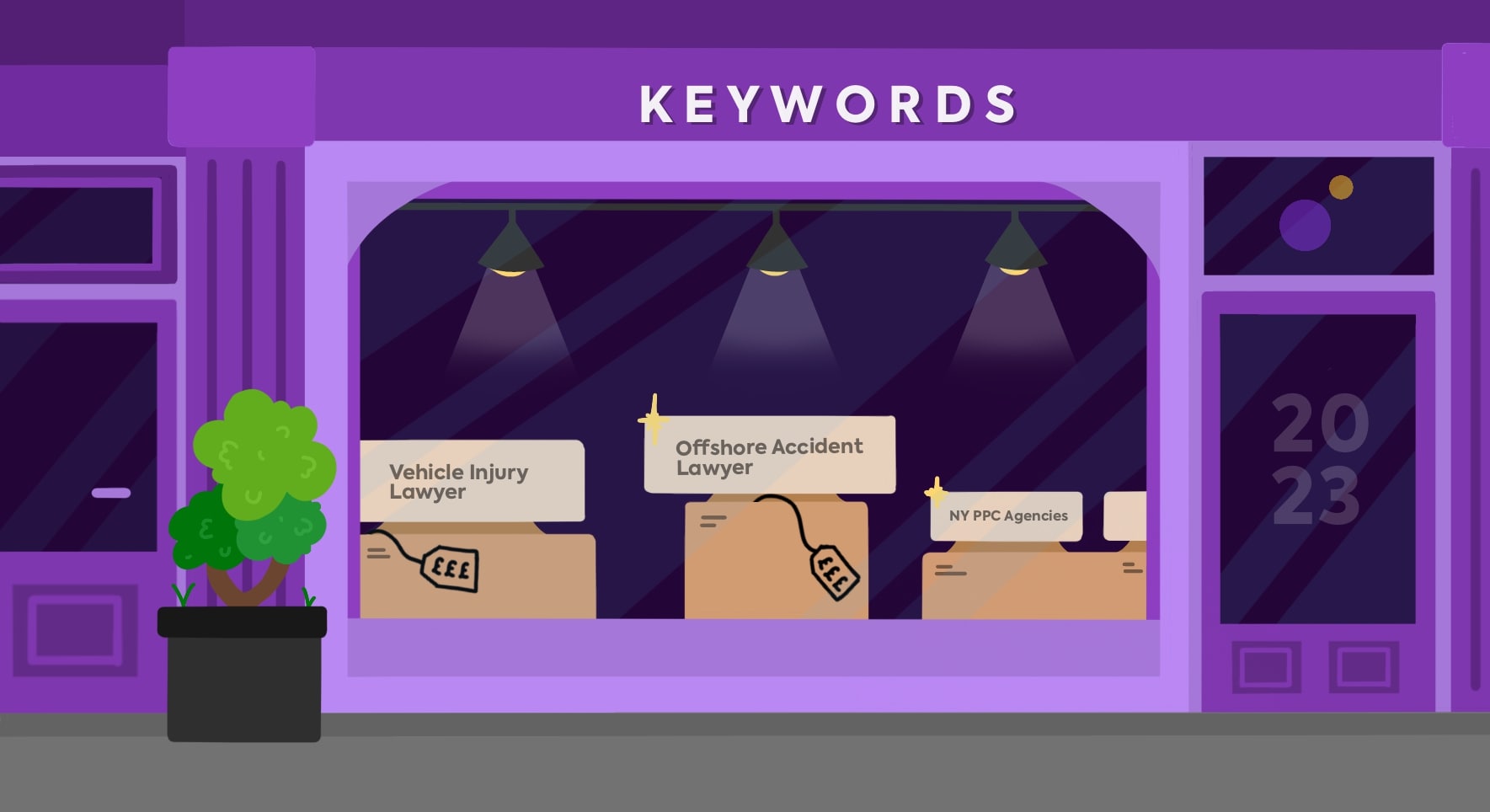How to Implement Cloud Software Successfully
Implementing cloud software successfully requires a strategic approach, from assessing business needs to continuous optimization. By following the steps outlined in this guide, you can ensure a smooth transition to the cloud and unlock its full potential for your business. Remember, the key to success lies in careful planning, collaboration, and a commitment to ongoing improvement.

Understanding the Benefits of Cloud Software
Before diving into implementation, it’s essential to understand why cloud software is a game-changer for businesses. Cloud solutions offer:
-
Scalability: Easily adjust resources based on demand.
-
Cost Savings: Reduce upfront infrastructure costs with pay-as-you-go models.
-
Accessibility: Access data and applications from anywhere, anytime.
-
Disaster Recovery: Ensure business continuity with automated backups and recovery options.
-
Collaboration: Enhance teamwork with real-time collaboration tools.
By leveraging these benefits, businesses can streamline operations, improve productivity, and stay competitive.
Assessing Your Business Needs and Goals
A successful cloud implementation starts with a clear understanding of your business needs. Ask yourself:
-
What challenges are you trying to solve with cloud software?
-
What are your short-term and long-term goals?
-
Which departments or processes will benefit the most?
Conduct a thorough assessment to identify pain points, prioritize objectives, and align your cloud strategy with your overall business strategy.
Choosing the Right Cloud Solution
Not all cloud software is created equal. Depending on your needs, you may opt for:
-
Public Cloud: Ideal for scalability and cost-efficiency.
-
Private Cloud: Offers enhanced security and control.
-
Hybrid Cloud: Combines the best of both worlds.
Evaluate vendors based on factors like reliability, security, customer support, and pricing. Popular options include AWS, Microsoft Azure, and Google Cloud.
Planning Your Cloud Migration Strategy
A well-defined migration plan is critical to avoid disruptions. Key steps include:
-
Inventory Assessment: Identify all applications, data, and workloads to be migrated.
-
Prioritization: Determine which systems to migrate first based on business impact.
-
Testing: Conduct pilot tests to identify potential issues.
-
Timeline: Set realistic deadlines and milestones.
Involve stakeholders from different departments to ensure a smooth transition.
Ensuring Data Security and Compliance
Data security is a top concern when moving to the cloud. To protect sensitive information:
-
Encrypt Data: Use encryption for data at rest and in transit.
-
Implement Access Controls: Restrict access based on roles and responsibilities.
-
Comply with Regulations: Ensure adherence to GDPR, HIPAA, or other relevant standards.
-
Regular Audits: Conduct security audits to identify vulnerabilities.
Partner with a cloud provider that prioritizes security and offers robust compliance features.
Training Your Team for Cloud Adoption
Your team’s ability to use cloud software effectively is crucial for success. Invest in:
-
Training Programs: Provide hands-on training for employees.
-
User Guides: Create easy-to-follow documentation.
-
Ongoing Support: Offer resources for troubleshooting and questions.
Encourage a culture of continuous learning to keep up with evolving cloud technologies.
Integrating Cloud Software with Existing Systems
Seamless integration with existing systems ensures smooth operations. Consider:
-
APIs: Use APIs to connect cloud software with on-premise systems.
-
Middleware: Implement middleware to bridge gaps between applications.
-
Data Synchronization: Ensure real-time data synchronization across platforms.
Work with IT experts to address compatibility issues and minimize downtime.
Monitoring and Optimizing Cloud Performance
Once implemented, continuously monitor cloud performance to ensure optimal functionality. Use tools like:
-
Cloud Monitoring Software: Track performance metrics and identify bottlenecks.
-
Automation: Automate routine tasks to improve efficiency.
-
Feedback Loops: Gather feedback from users to make necessary adjustments.
Regularly review performance data to optimize resource allocation and enhance user experience.
Managing Costs and Scaling Effectively
While cloud software can reduce costs, it’s essential to manage expenses effectively. Tips include:
-
Budgeting: Set a clear budget and track spending.
-
Resource Optimization: Use only the resources you need to avoid overprovisioning.
-
Scaling: Scale resources up or down based on demand.
Leverage cost management tools provided by your cloud vendor to stay within budget.
Evaluating Success and Continuous Improvement
Finally, evaluate the success of your cloud implementation by:
-
Measuring KPIs: Track key performance indicators like ROI, user satisfaction, and system uptime.
-
Gathering Feedback: Collect input from employees and stakeholders.
-
Iterating: Make improvements based on feedback and performance data.
Cloud software implementation is an ongoing process. Stay proactive to adapt to changing business needs and technological advancements.
Conclusion
Implementing cloud software successfully requires a strategic approach, from assessing business needs to continuous optimization. By following the steps outlined in this guide, you can ensure a smooth transition to the cloud and unlock its full potential for your business. Remember, the key to success lies in careful planning, collaboration, and a commitment to ongoing improvement.
For More Information Contact us https://ido.company/contact-us/
What's Your Reaction?



















.jpg)
